As winter closes in on the Arctic, it becomes a dreamland. The short days are an endless transition from sunrise to sunset, with soft light illuminating the sky before the landscape plunges into complete darkness for a long winter.
Each year, winter’s arrival brings billions of Atlantic herring following the Gulf Stream, seeking shelter in Norway’s northern fjords. Hungry orcas and humpback whales follow, ready to feed. Frigid waters well up from the continental shelf here, carrying nutrients that support the planet’s largest cold water reef.
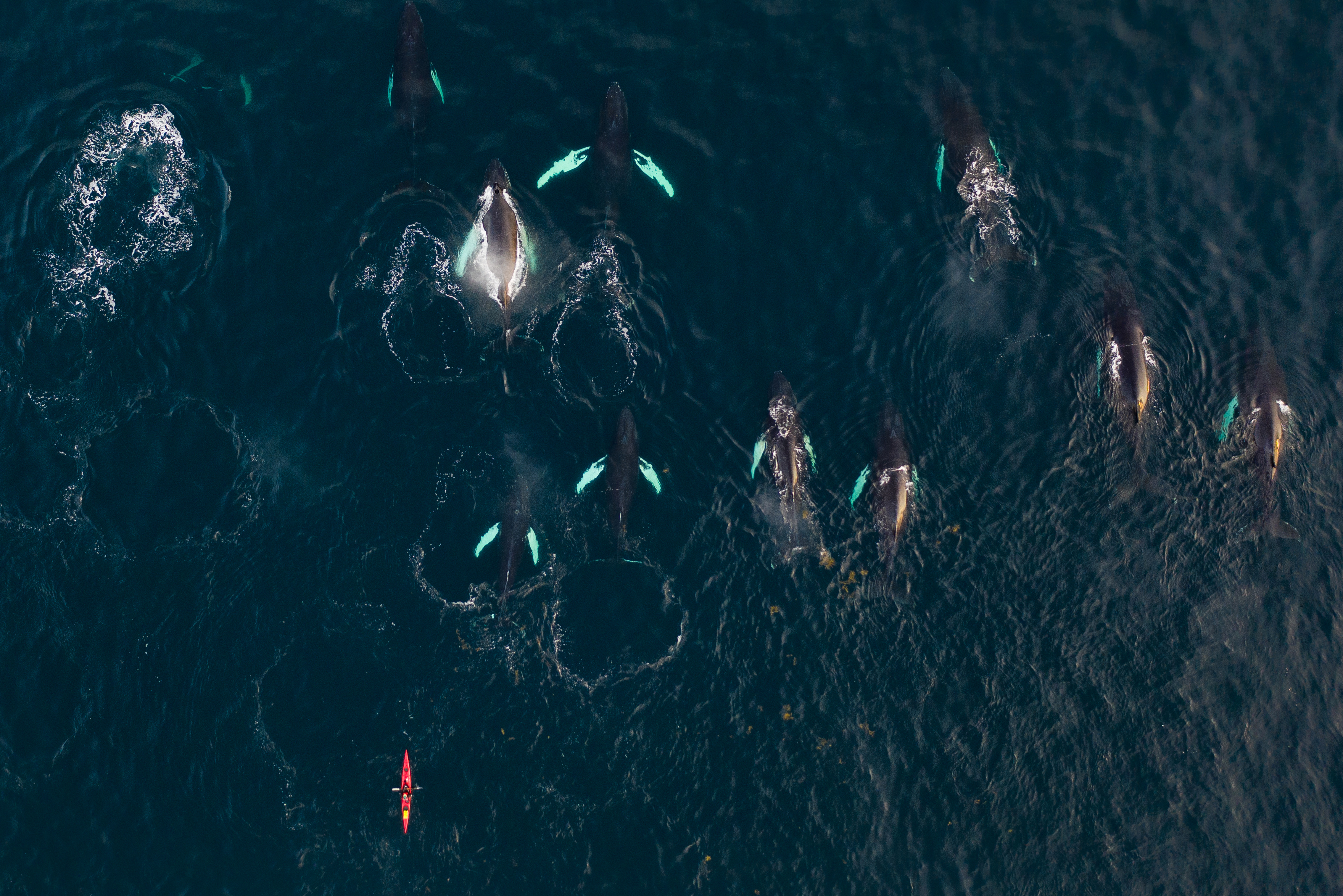
I set out with fellow photographers to experience the Arctic Ocean firsthand. During the first couple days on the ocean, we spent more time roaming on the boat than in the water, as the humpbacks and orcas were on the move, chasing the herring into the fjords. International guidelines recommend keeping a distance of at least 300 feet from whales. We were careful, allowing the cetaceans to approach us and cutting the engine to avoid disturbing them when they neared.
When we crossed paths with this lone kayaker, I got my first real sense of the enormity of these humpbacks as I photographed them from above with a drone. The sea kayak was dwarfed in comparison to even the smallest whale in the pod. It can be hard to grasp the size of these whales when all you can see is a fluke or dorsal fin. Their bodies reach lengths of up to 54 feet—the size of a school bus—and weigh up to 40 tons. An adult humpback can swallow 220 pounds of herring in a single gulp.
Someone on our boat remarked on how brave this kayaker must be to paddle amongst the pod. While humpbacks are considered gentle giants, people have been injured and even killed when too close to a breaching whale or tail slap.
It is a privilege to witness one of the richest marine ecosystems in the world, which exists thanks to a delicate balance. Increased tourism, shipping traffic, oil exploration and other anthropogenic activities can affect the populations of orcas, humpbacks and other marine life in the Arctic.
As winter closes in on the Arctic, it becomes a dreamland. The short days are an endless transition from sunrise to sunset, with soft light illuminating the sky before the landscape plunges into complete darkness for a long winter.
Norway is western Europe’s largest oil and gas producer, and with a December 2020 Supreme Court verdict further opening up its Arctic to more oil drilling, the country is on track to operate more oil wells than ever. Disturbances can mean trouble for cetaceans, especially during the crucial months while they feed on the herring before journeying 3,000 miles back to the Caribbean, one of the longest migratory journeys of any mammal on Earth.
On my final day in the fjords and with just a few hours of daylight to work with, we spotted a pod of orcas and humpback whales feeding on a ball of herring. I spent two hours photographing them in the frigid Arctic waters, watching the feeding frenzy and the graceful giants glide effortlessly through the water.
As Arctic water rushed into my wetsuit, I wished for the dry warmth of a kayak. But, the longer I observed the humpback passing in and out of a ball of herring, disappearing into the shadowy distance then reappearing, the more I forgot about the creeping chill. As it circled back, I saw the ominous glow of the white markings on its vast pectoral fins gliding in the darkness as it approached within meters of me. A moment and feeling I won’t ever forget.
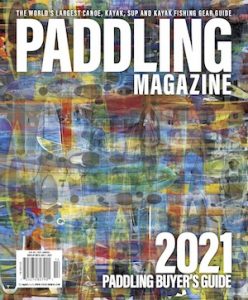 This article was first published in Paddling Magazine Issue 63. Subscribe to Paddling Magazine’s print and digital editions here, or browse the digital archives here.
This article was first published in Paddling Magazine Issue 63. Subscribe to Paddling Magazine’s print and digital editions here, or browse the digital archives here.
Zach Baranowski is an award-winning freelance photographer specializing in outdoor adventure and wildlife connections.
Warning: Close encounters like these may be over-whale-ming. | Photo: Zach Baranowski



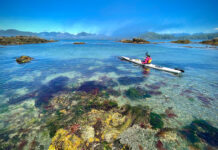
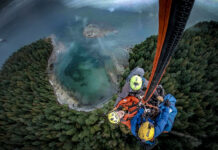
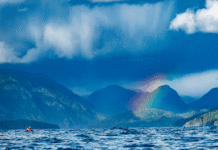
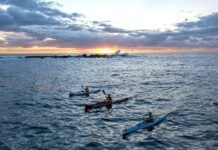
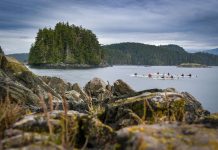

He has no right encroaching on the whales territory like that. He is disrupting their natural social and other dynamics.
An arrogance that has no place in a world where the whale species has been under duress for a century.
Its arrogant human wasteful behaviour.
Shame on him.
Get over yourself.
I must have bad vision lol. Where is the kayaker in the picture?
Thanks for sharing.